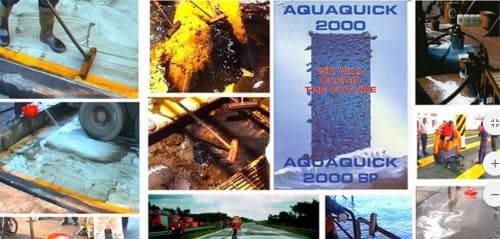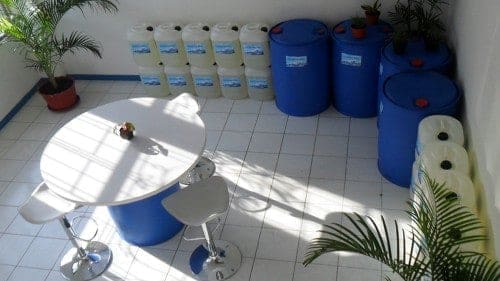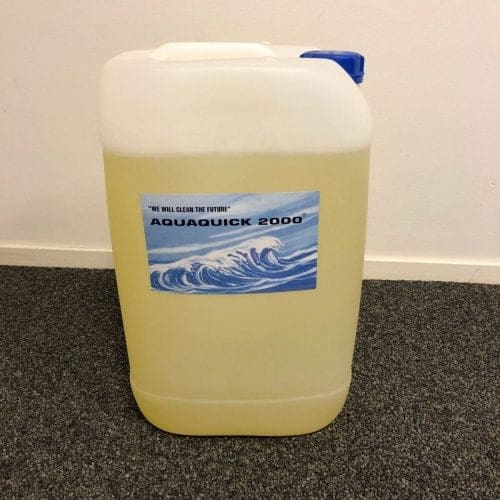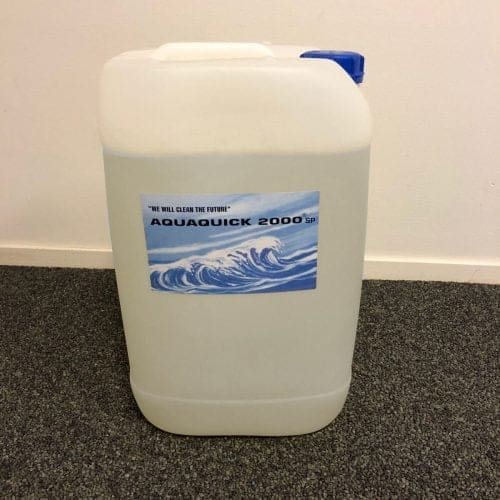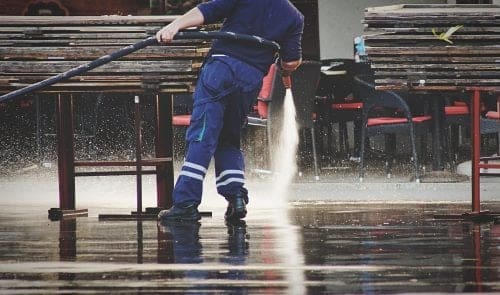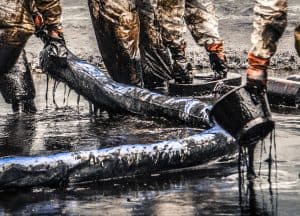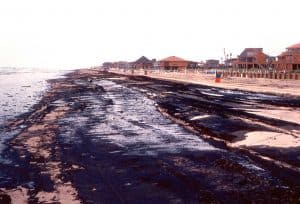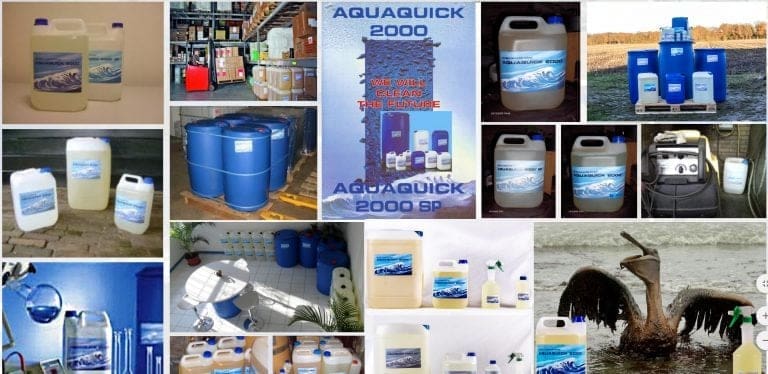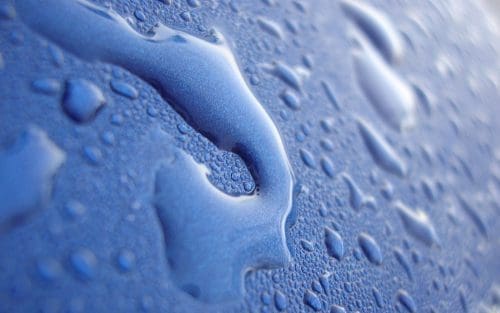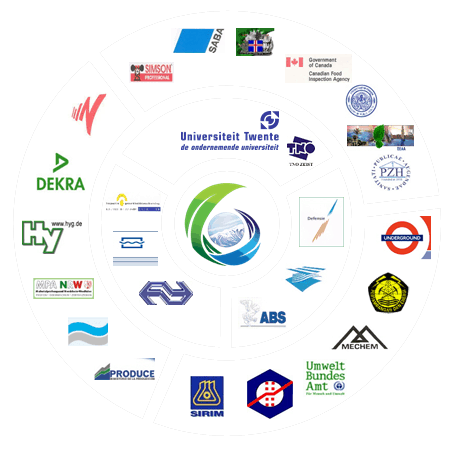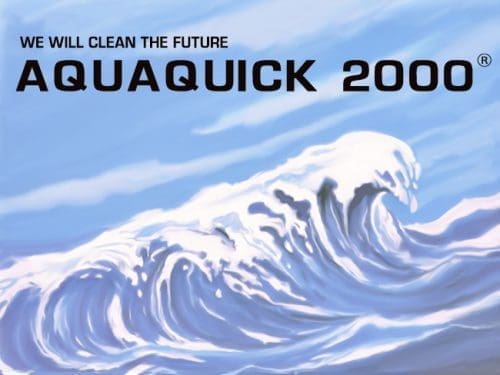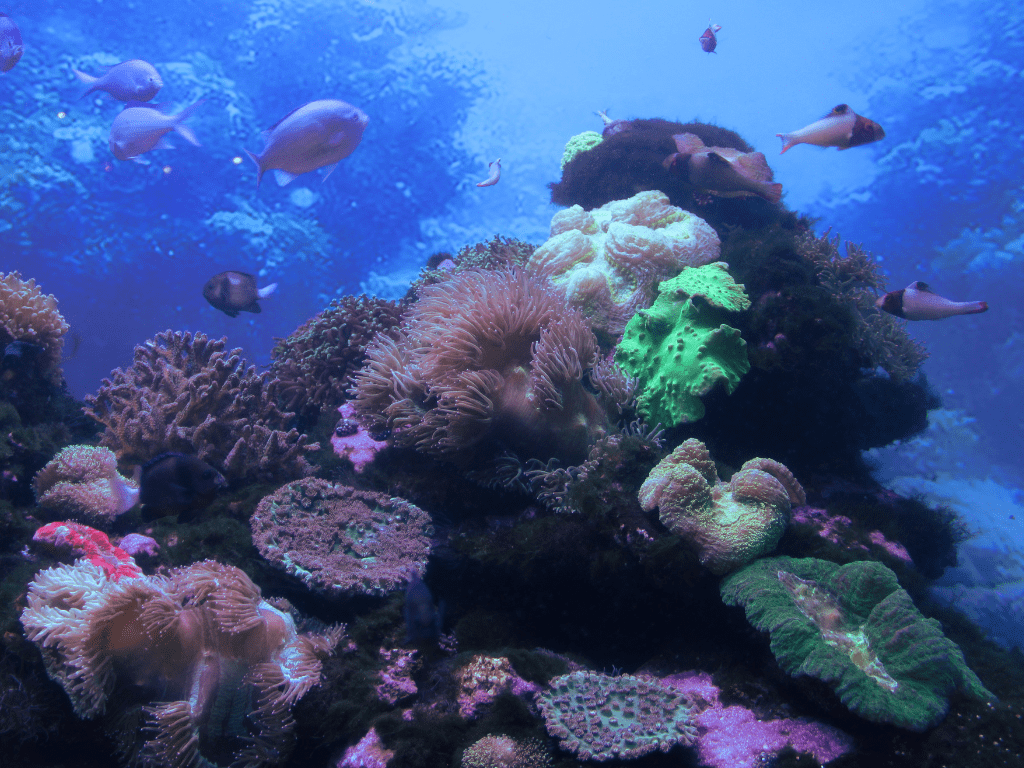Oil spills are one of the most devastating environmental disasters, causing significant damage to marine ecosystems and shoreline habitats. Understanding how these spills affect marine life is crucial for developing effective cleanup strategies and minimizing ecological harm. In this article, we will explore the impact of shoreline spills on marine life, cleanup methods, and how products like AQUAQUICK 2000 play a role in environmental restoration.
What Are Shoreline Spills?
Shoreline spills occur when oil or hazardous substances are released into coastal areas, contaminating both marine and freshwater ecosystems. These spills typically result from transportation accidents, pipeline leaks, or operational errors during oil production and storage. Once oil reaches the shoreline, it poses a severe threat to aquatic habitats, requiring prompt and effective cleanup efforts.
Causes of Shoreline Spills
- Oil Transportation Accidents: Shipping accidents involving oil tankers are a leading cause of shoreline spills.
- Pipeline Leaks: Aging pipelines can rupture, releasing oil into nearby water bodies.
- Operational Errors: Mishandling during oil extraction, storage, or transportation can result in accidental spills.
- Natural Disasters: Hurricanes and storms can cause oil infrastructure damage, leading to spills.
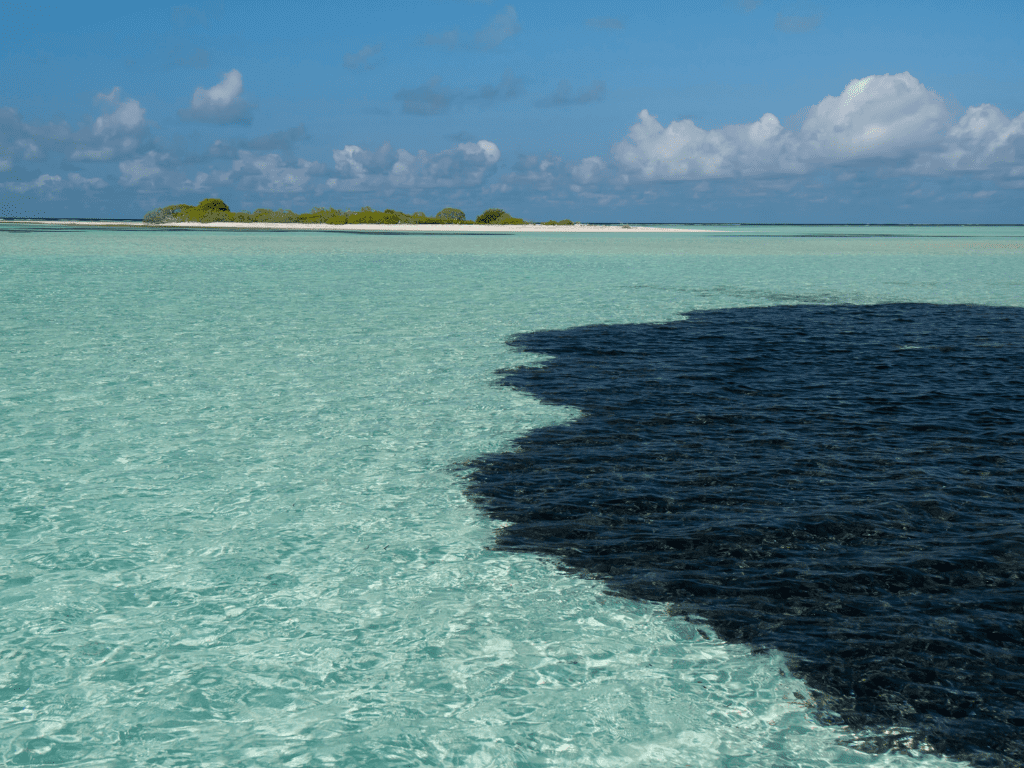
How Oil Spills Affect Marine Life
Marine ecosystems are highly sensitive to pollution, and oil spills have catastrophic consequences for aquatic organisms. Here’s how shoreline spills impact marine life:
1. Contamination of Water and Sediments
Oil forms a slick on the water’s surface, reducing oxygen exchange and contaminating sediments. This disrupts aquatic ecosystems and endangers fish, shellfish, and other marine organisms.
2. Harm to Marine Species
- Birds: Oil-coated feathers lose their insulating properties, causing hypothermia.
- Marine Mammals: Seals and dolphins can suffer from skin irritation, organ damage, and ingestion poisoning.
- Fish and Invertebrates: Exposure to toxic oil components can disrupt reproduction and cause long-term population declines.
3. Habitat Destruction
Shoreline vegetation like mangroves and seagrass beds can be smothered by oil, leading to habitat loss and reduced coastal resilience against storms and erosion.
4. Disruption of Food Chains
Oil spills disrupt the marine food web by killing primary producers and small organisms. This affects higher-level predators and destabilizes the entire ecosystem.
Environmental Cleanup of Shoreline Spills
Effective cleanup methods are essential to mitigate the ecological damage caused by shoreline spills. Several strategies can be employed depending on the spill’s severity, location, and environmental sensitivity.
1. Natural Processes
- Evaporation: Lighter oil components evaporate naturally over time.
- Biodegradation: Microorganisms break down oil into less harmful substances.
- Oxidation: Oil reacts with oxygen, forming less toxic compounds.
2. Physical Cleanup Methods
- Skimming: Removal of oil from the water surface using specialized equipment.
- Sorbents: Absorbent materials soak up oil from water and shorelines.
- Manual Removal: Workers use shovels and rakes to clean affected areas.
3. Chemical Cleanup Methods
- Dispersants: Chemicals break down oil into smaller droplets for easier biodegradation.
- Bioremediation Agents: Biological agents enhance the natural breakdown of oil.
Role of AQUAQUICK 2000 in Shoreline Spill Cleanup
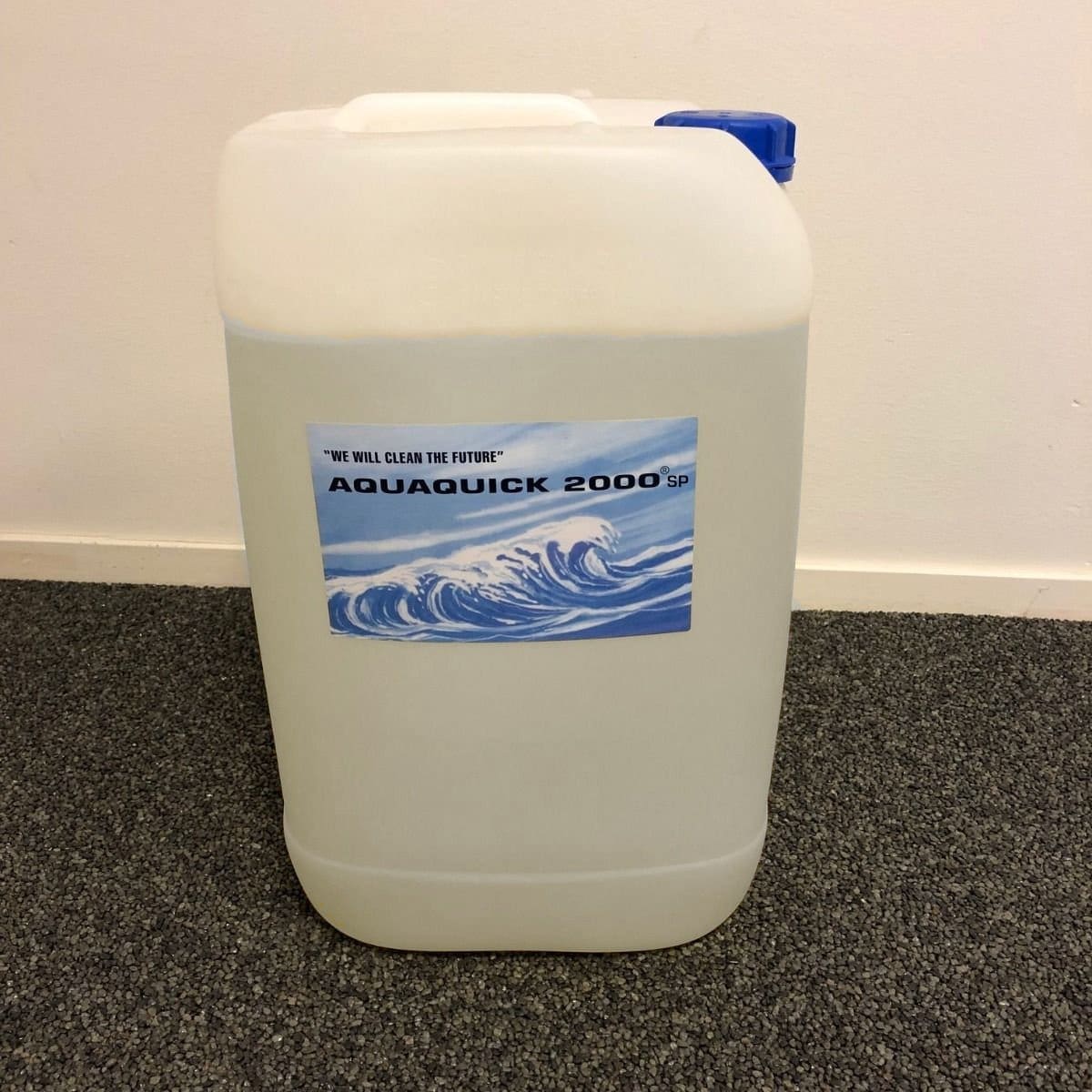
AQUAQUICK 2000 is an environmentally friendly solution designed to assist in cleaning up shoreline spills effectively. Its biodegradable formula accelerates oil breakdown while ensuring minimal ecological disruption.
Benefits of Using AQUAQUICK 2000
- Eco-Friendly: AQUAQUICK 2000 supports natural biodegradation without harming marine life.
- Safe for Aquatic Organisms: It protects marine flora and fauna by reducing oil toxicity.
- Effective Oil Removal: The product efficiently cleans oil-contaminated shorelines, restoring ecological balance.
By incorporating AQUAQUICK 2000 into oil spill response strategies, environmental agencies can ensure a safer and more sustainable cleanup process.
Long-Term Effects of Shoreline Spills
While cleanup efforts can mitigate immediate damage, the long-term effects of shoreline spills may persist for decades. Key concerns include:
1. Persistent Pollution
Oil residues can remain in sediments, causing ongoing contamination and habitat degradation.
2. Population Declines
Long-term exposure to toxins can reduce reproductive success, leading to population declines in affected species.
3. Economic Impact
Shoreline spills disrupt fisheries, tourism, and coastal economies, resulting in financial losses for local communities.
4. Ecosystem Imbalance
The loss of key species and habitats can destabilize ecosystems, making recovery difficult.
Preventing Shoreline Spills
Preventing oil spills is critical for protecting marine life and preserving shoreline ecosystems. Key preventive measures include:
- Improved Oil Transportation Safety: Enforcing stricter safety standards for oil tankers and pipelines.
- Regular Maintenance of Infrastructure: Conducting routine inspections and maintenance to prevent leaks.
- Emergency Response Preparedness: Developing and testing comprehensive oil spill contingency plans.
- Environmental Monitoring: Implementing monitoring programs to detect spills early and respond quickly.
Conclusion
Shoreline spills pose a serious threat to marine ecosystems, causing lasting damage to aquatic habitats and marine life. Understanding the causes and consequences of oil spills is essential for effective prevention and cleanup efforts. Products like AQUAQUICK 2000 play a crucial role in restoring contaminated shorelines while protecting sensitive marine environments. By adopting advanced cleanup technologies and preventive measures, we can reduce the environmental impact of shoreline spills and ensure healthier oceans for future generations.

